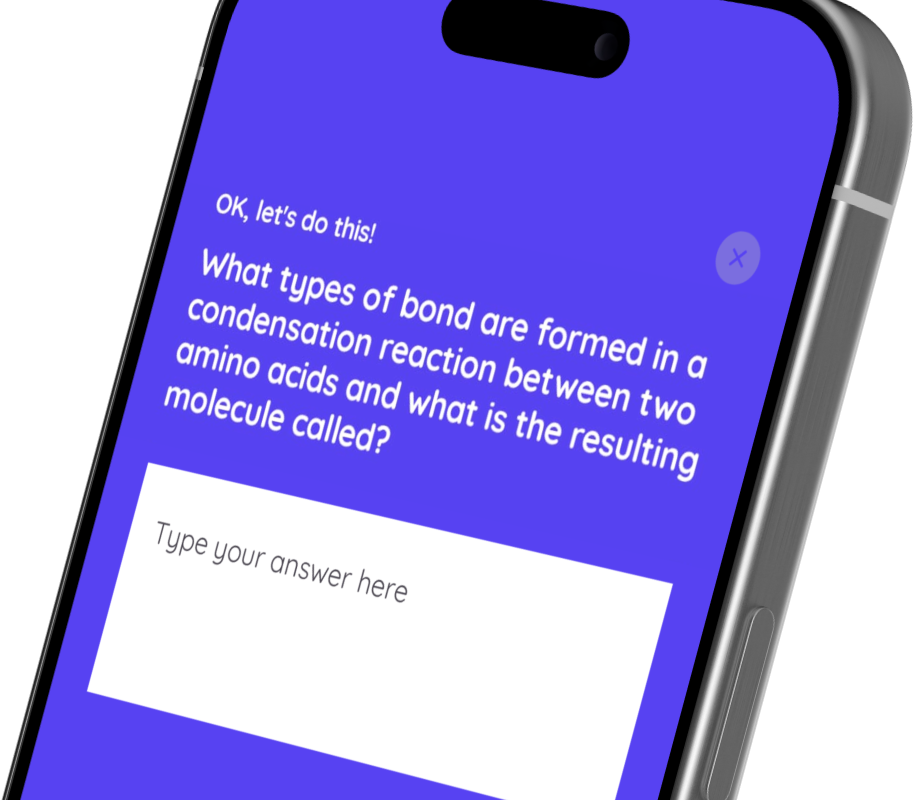Physics (Combined)
Atomic structure and the periodic table
Understanding the Structure of an Atom: Protons, Neutrons, and Electrons
🤓 Study
📖 Quiz
Play audio lesson
Understanding the Structure of an Atom: Protons, Neutrons, and Electrons
Structure of an Atom
- An atom is the smallest constituent of matter that still retains its chemical properties.
- Atoms consist of three types of subatomic particles: protons, neutrons, and electrons.
Protons
- Protons are subatomic particles that have a positive charge.
- They are found in the nucleus of the atom.
- The number of protons in an atom is referred to as the atomic number, and it determines the element the atom represents. For example, hydrogen has one proton, helium has two, and so on.
Neutrons
- Neutrons are subatomic particles that have no charge; they are neutral.
- Like protons, neutrons are also found in the atom's nucleus.
- The combined number of protons and neutrons in an atom is known as the mass number.
Electrons
- Electrons are subatomic particles that carry a negative charge.
- They move in electron shells or energy levels, which surround the nucleus of an atom.
- An atom usually has the same number of electrons as protons, and thus is overall electrically neutral.
- The arrangement of electrons in shells influences an atom's chemical properties and its reactivity.
Atomic and Mass Numbers
- The atomic number (Z) of an atom is equivalent to the number of protons.
- The mass number (A) is the total number of protons and neutrons in an atom.
- To find the number of neutrons, subtract the atomic number from the mass number (neutrons = mass number - atomic number).
Isotopes
- Isotopes are atoms of the same element (so have the same atomic number) but with different numbers of neutrons, and so, different mass numbers.
- Isotopes of a single element share chemical properties, but often have different physical properties.
Remember, understanding the structure of an atom is fundamental to your understanding of all the other complex atomic phenomena!





